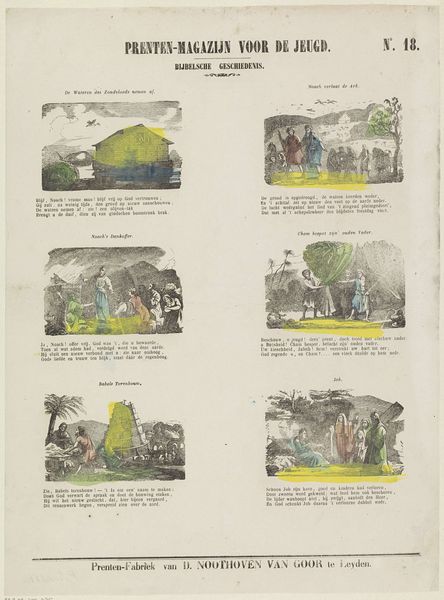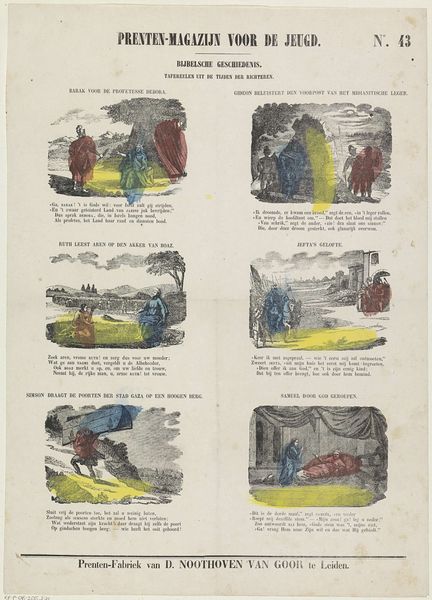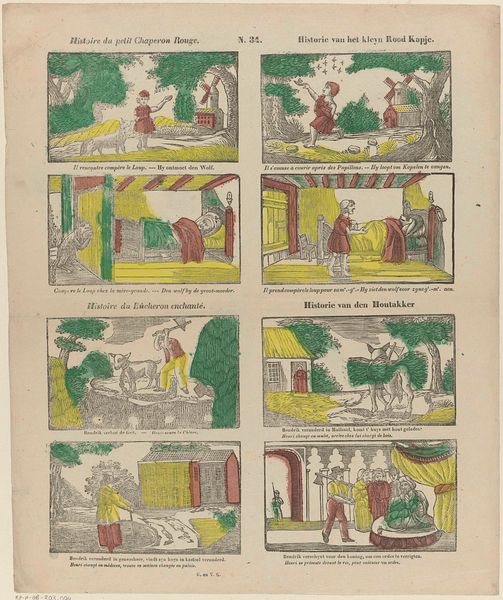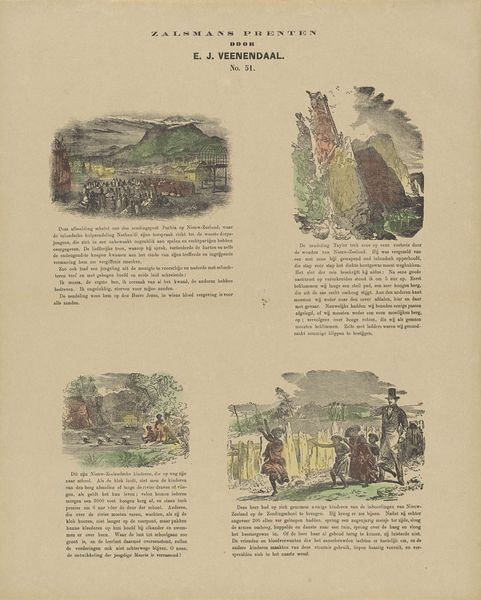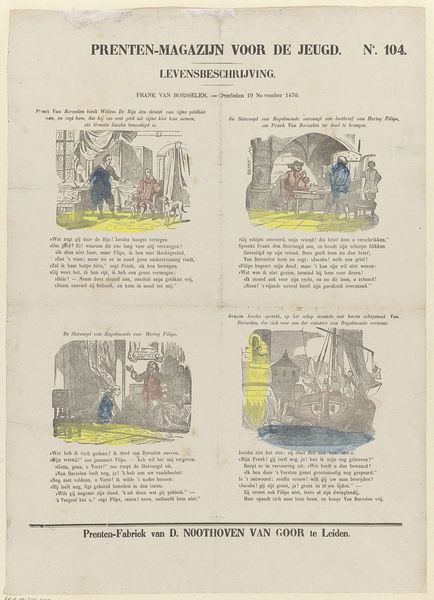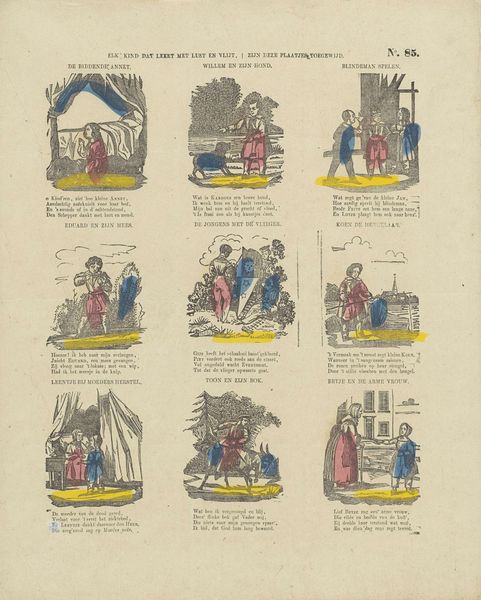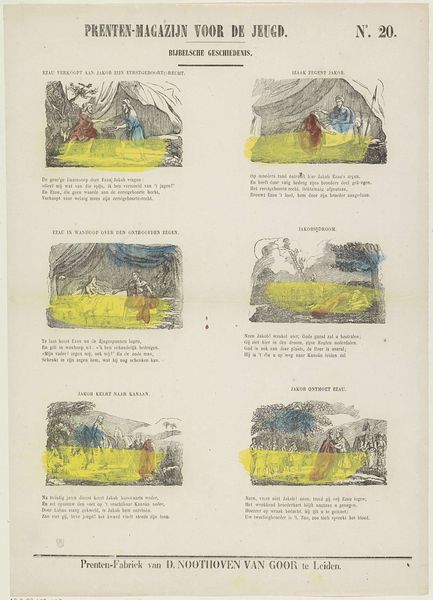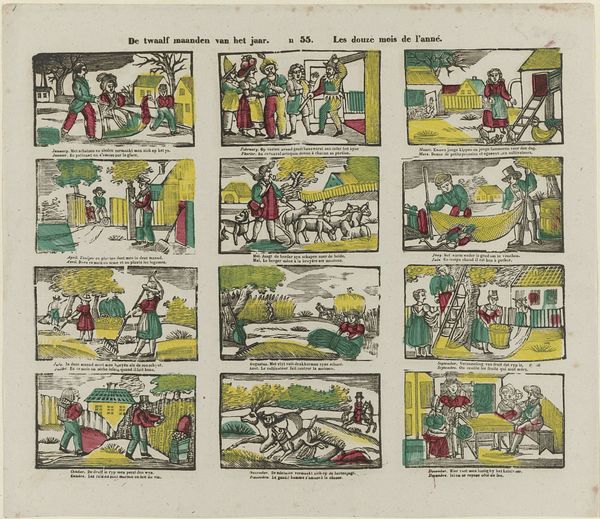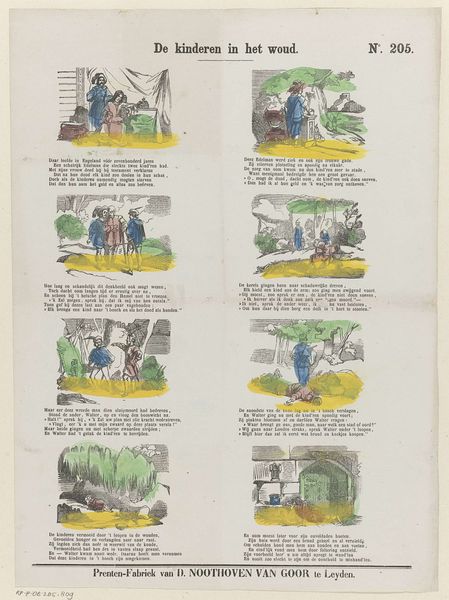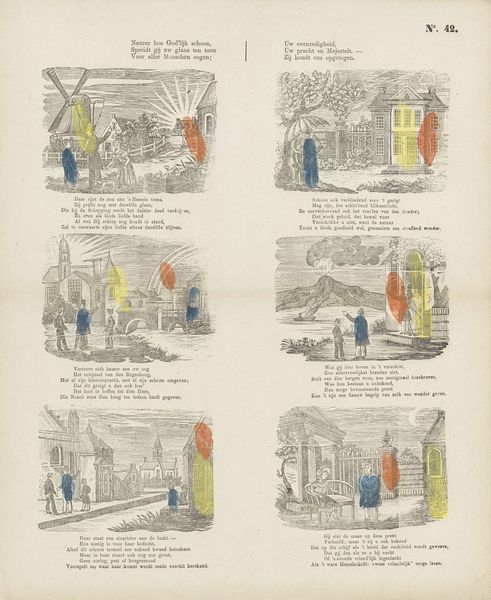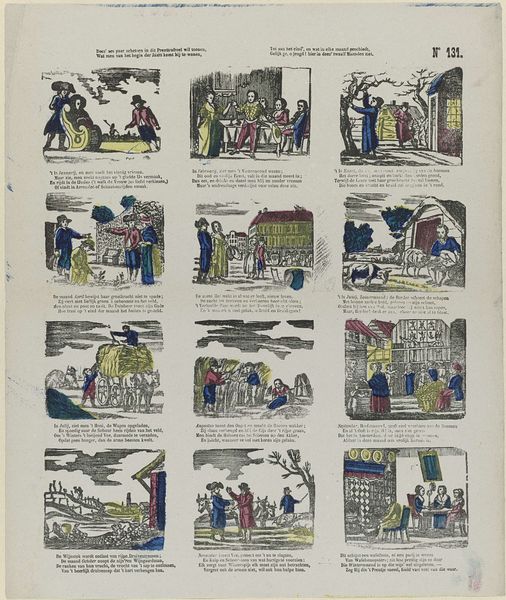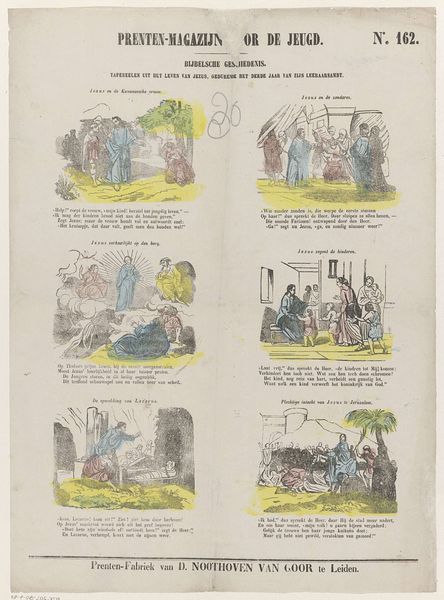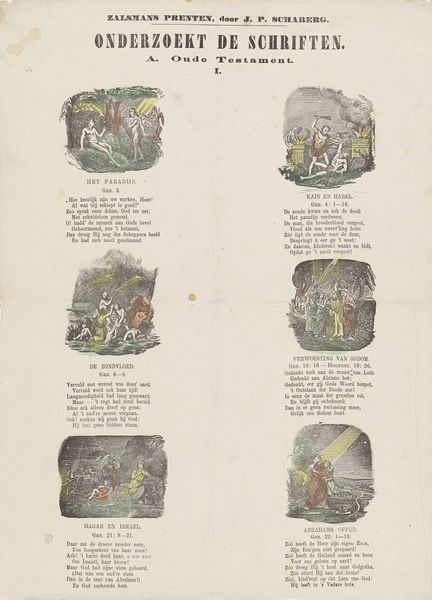![Dáár, waar de rijstplant groeit en tiert [(...)] by Albertus Willem Sijthoff](/_next/image?url=https%3A%2F%2Fd2w8kbdekdi1gv.cloudfront.net%2FeyJidWNrZXQiOiAiYXJ0ZXJhLWltYWdlcy1idWNrZXQiLCAia2V5IjogImFydHdvcmtzL2EwMTI4MGM2LWVjY2MtNGQ0Zi1hZWRjLWUyZTIyNDViODcxMC9hMDEyODBjNi1lY2NjLTRkNGYtYWVkYy1lMmUyMjQ1Yjg3MTBfZnVsbC5qcGciLCAiZWRpdHMiOiB7InJlc2l6ZSI6IHsid2lkdGgiOiAxOTIwLCAiaGVpZ2h0IjogMTkyMCwgImZpdCI6ICJpbnNpZGUifX19&w=3840&q=75)
Dáár, waar de rijstplant groeit en tiert [(...)] 1861 - 1929
0:00
0:00
albertuswillemsijthoff
Rijksmuseum
graphic-art, print
#
graphic-art
#
aged paper
#
yellowing background
#
dutch-golden-age
# print
#
sketch book
#
hardpaper
#
personal sketchbook
#
journal
#
fading type
#
sketchbook drawing
#
genre-painting
#
storyboard and sketchbook work
#
sketchbook art
Dimensions: height 393 mm, width 312 mm
Copyright: Rijks Museum: Open Domain
Editor: This is "Dáár, waar de rijstplant groeit en tiert," or "There, where the rice plant grows and thrives," a print by Albertus Willem Sijthoff, dating between 1861 and 1929. It seems like a children's print showing scenes of life and work in what I assume are Dutch colonies. What's your take on this work? Curator: This print presents a window into the Dutch colonial mindset of the 19th century. How does it make you feel, considering its function as children's educational material, aimed to shape their understanding of the world? Editor: I hadn’t thought about it that way. I was focusing on the aesthetic – the style, the little scenes – but you're right, it was designed to teach. It romanticizes labour in colonized lands, doesn’t it? Curator: Exactly. The verses paired with each image normalize colonial exploitation. The scenes showing the rice cultivation erase the violence and dehumanization inherent in the colonial system. It invites us to question whose perspective is privileged and whose is silenced? Editor: It’s interesting how cheerful it appears at first glance. But now that you point that out, the "cheerfulness" is disturbing, almost like propaganda. Are the scenes based on real observations? Curator: Probably a mix of observation and constructed ideals. The landscapes may be inspired by the Dutch East Indies, but they are filtered through a European lens, serving to legitimize colonial power and influence. Does examining this print this way change how you see other artworks from this period? Editor: Absolutely. It reminds me that we must look beyond the surface and consider the social and political context that influenced their creation. Thanks! Curator: And I'm reminded of how important it is to constantly re-evaluate the past, using contemporary theoretical lenses to expose and dismantle systems of oppression.
Comments
No comments
Be the first to comment and join the conversation on the ultimate creative platform.
